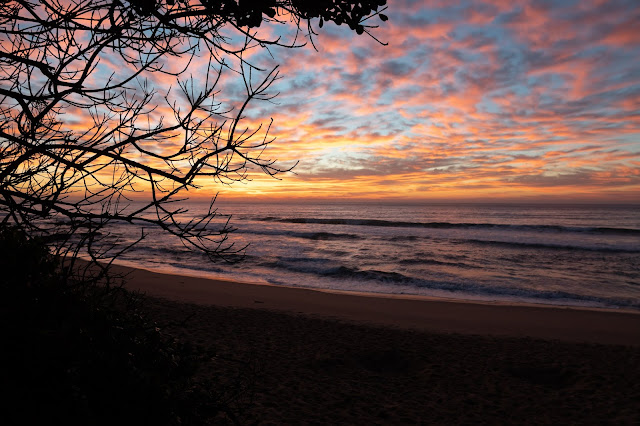Although we did not go to South Africa primarily for the safari aspect, this may have been the high point of our trip (there were many). We spent two nights at the Elephant Rock Lodge inside the reserve. From the first day in the afternoon to the third day early morning, we made four excursions about 4 hours each into the reserve in a converted Toyota Land Cruiser. Here are just some of the highlights:
This was our transport through the Nambiti Game Reserve. It is one tough vehicle.

Lady
Impala Antelopes enjoying a leisurely meal together, keeping an eye out for lions.


These guys require no explanation. They are magnificent.



Look out for hippos. They are ornery, and one must take care never to get between a hippo and its water supply. Hippopotami kill more people than any other four legged creature in Africa. However, humans and mosquitoes outscore hippos by a wide margin.


I believe this is a Black Heron. They tend to stand still in ponds with their wings spread. Little fish like the shade and tend to congregate. Then they get snapped up by that pointy beak.
Spotted Eagle Owl
Guess who has the right of way.
(Hint: Reverse lights)
Two bull elephants engaging in a low-level tussle for dominance
We saw several Jackals. This was the only time one stood
still enough long enough for me to get a picture.

There are only two Cheetahs left on the Nambiti Game Reserve. "The world's fastest land mammal is running toward extinction." The Cheetahs brought to Nambiti are distressed for various reasons, and are initially protected in a large fenced in area within the reserve. When they are better able to survive, they are integrated into the game reserve. Lions however, do not appreciate the competition. Lions, being bigger and stronger, will hunt down and kill the Cheetahs. In the wild, Cheetahs tend to avoid the Lions. In this environment, the Cheetahs do not always have the natural fear of Lions they need in order to survive. We were lucky enough to see both of the Cheetahs during our time at Nambiti.
The collar is a GPS device placed for research purposes.

Kudo in the foreground. Two Impala Antelopes background.



After all that hard work seeing that wildlife in its sort-of natural habitat, Bennie doubled as bartender, making quick work of arranging a table and goodies. It served as reassurance to us as to our place on the food chain.
At dusk, we could see the planet Jupiter
in the evening sky just after sunset.
Later that evening, we gathered around the fire pit and continued to enjoy our favorite beverages, identifying the Southern Cross, Milky Way, Large Magellanic Cloud (a satellite galaxy to the Milky Way), and Alpha Centauri (closest star system to our sun) in a spectacular night-time sky.



















































